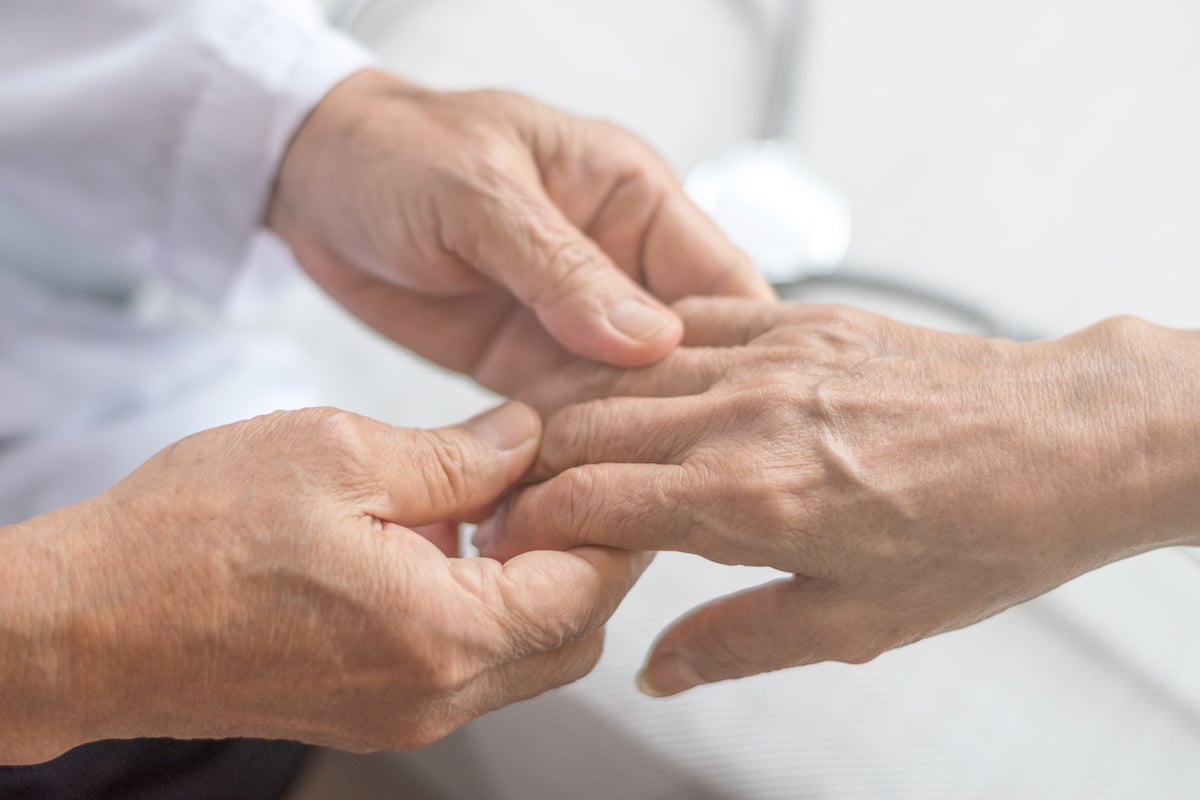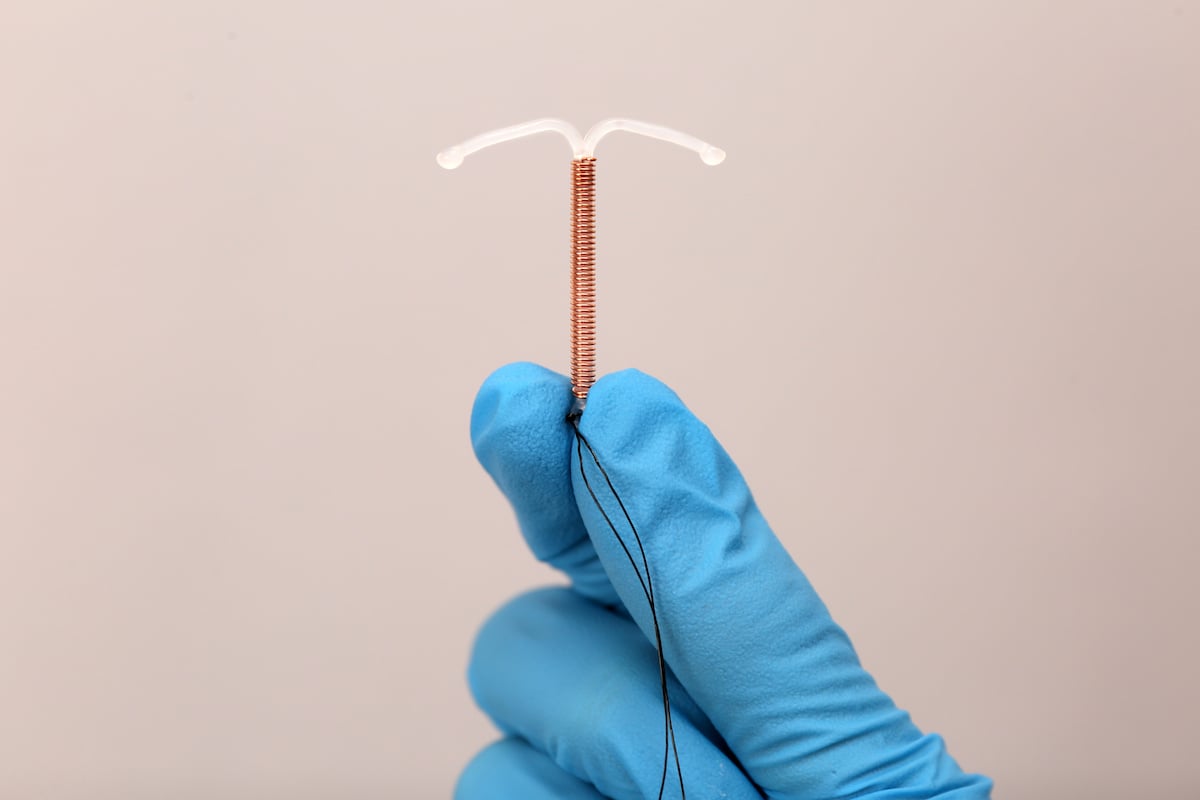.jpeg)
Pollen is a known trigger for seasonal allergies and asthma, but new research suggests that certain plant species release pollen that are especially tough on asthmatics. Species-specific pollen alerts could help keep people with asthma safe, the Cornell University researchers reasoned. “Even though the percent of asthma-related emergency department visits associated with pollen overall was… read on > read on >












.jpg)





